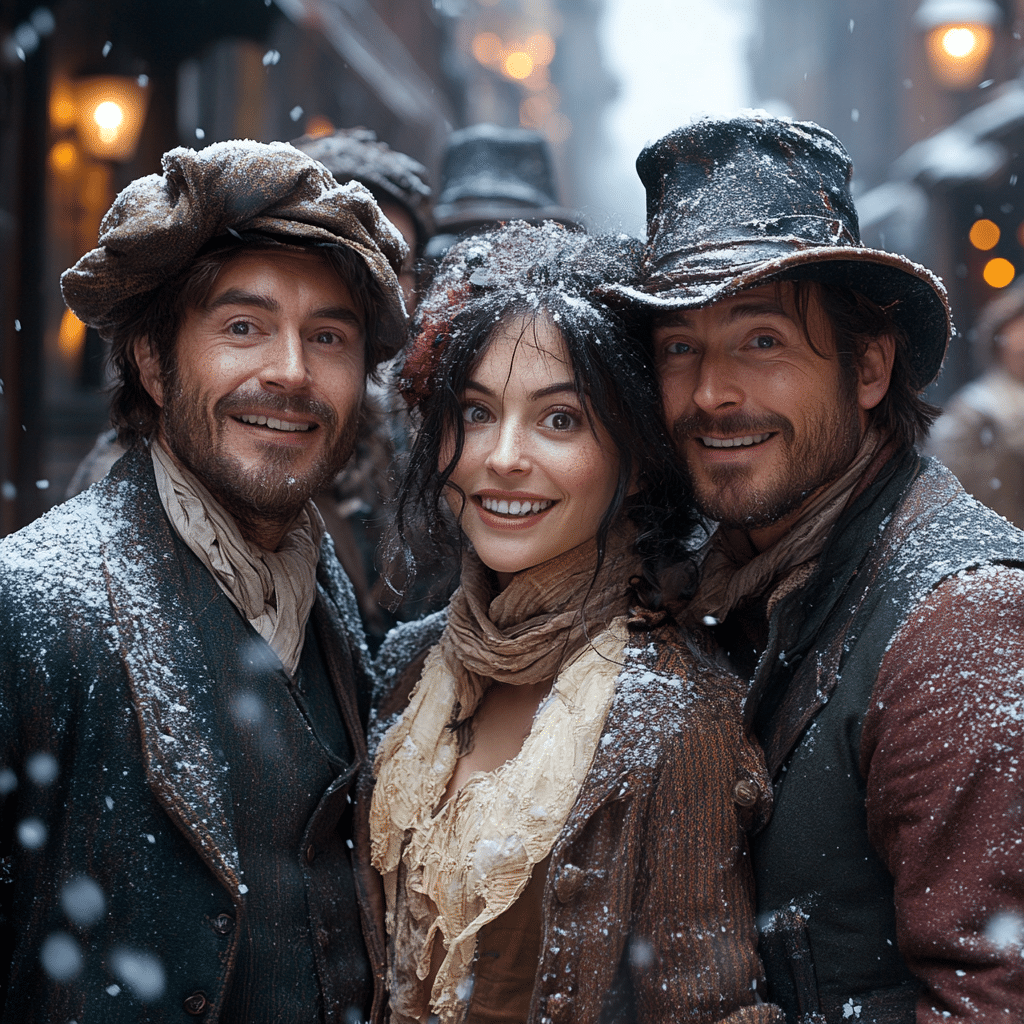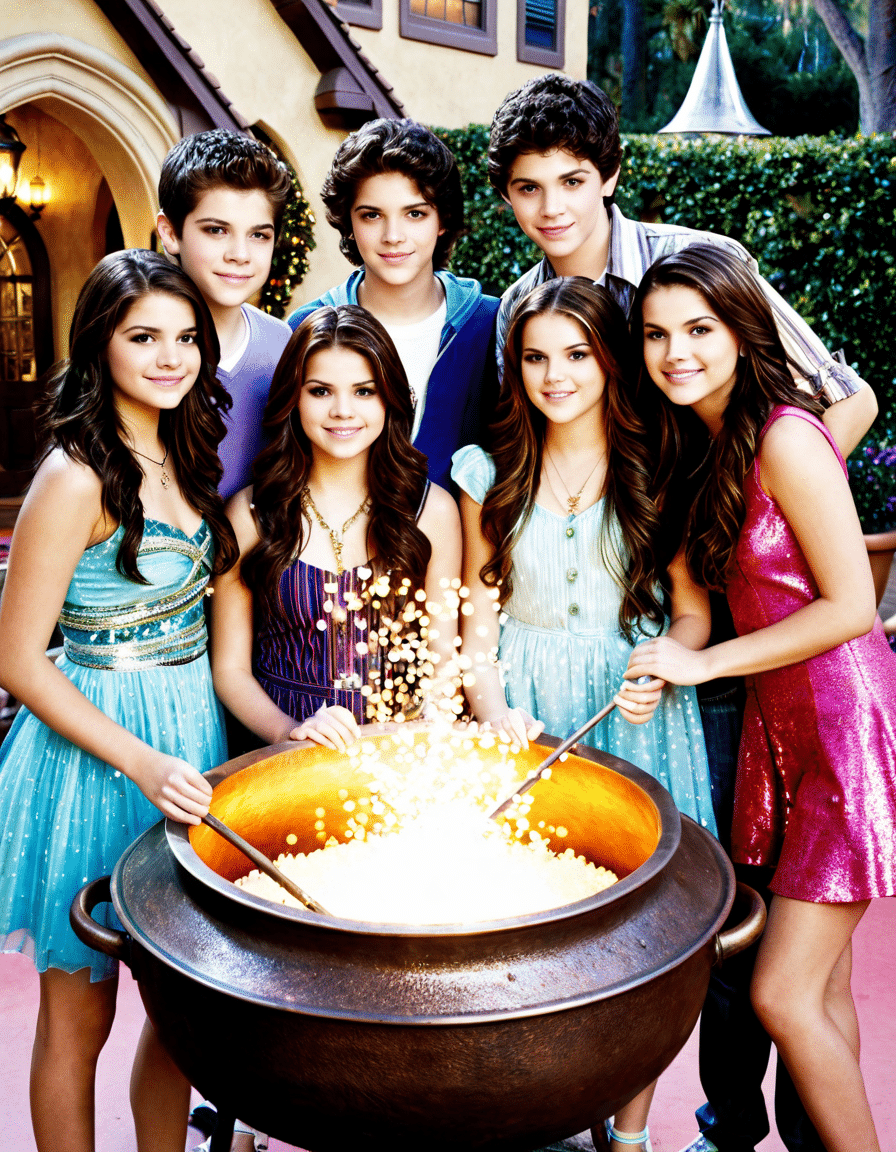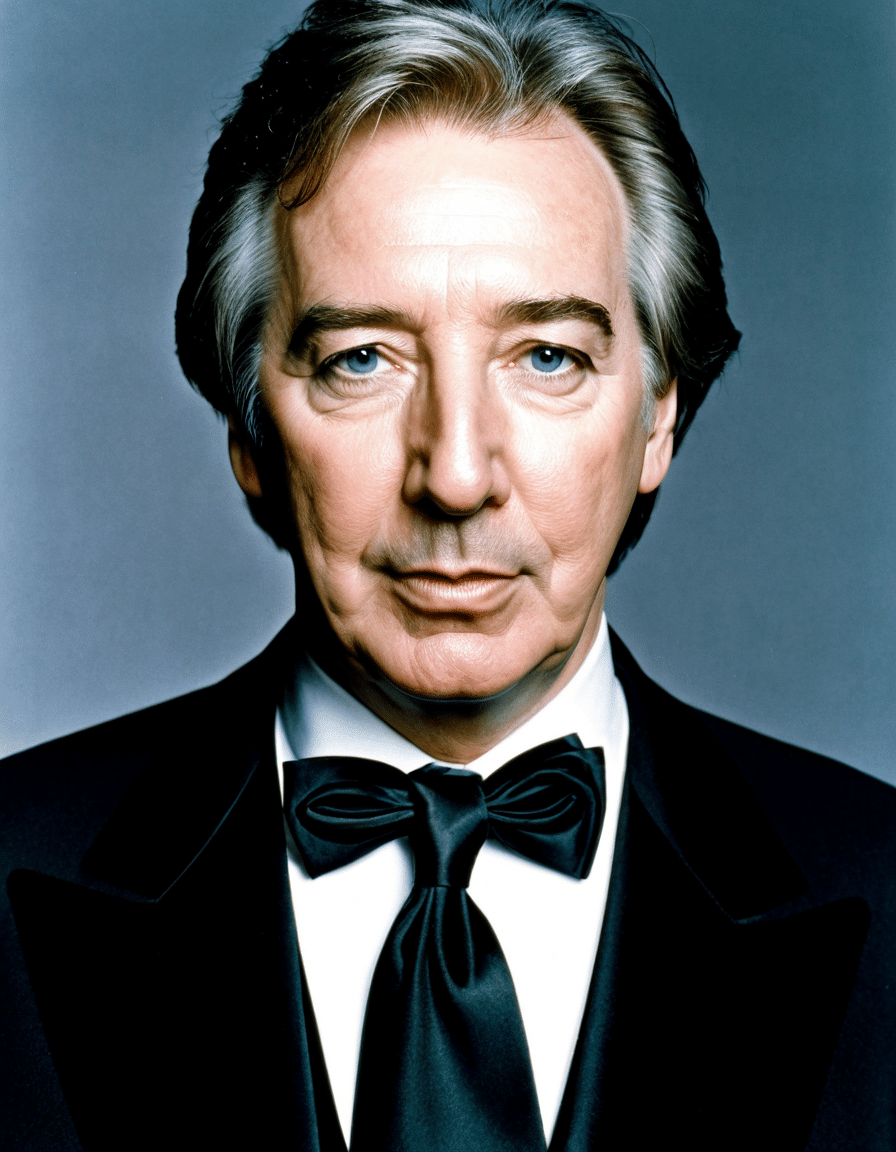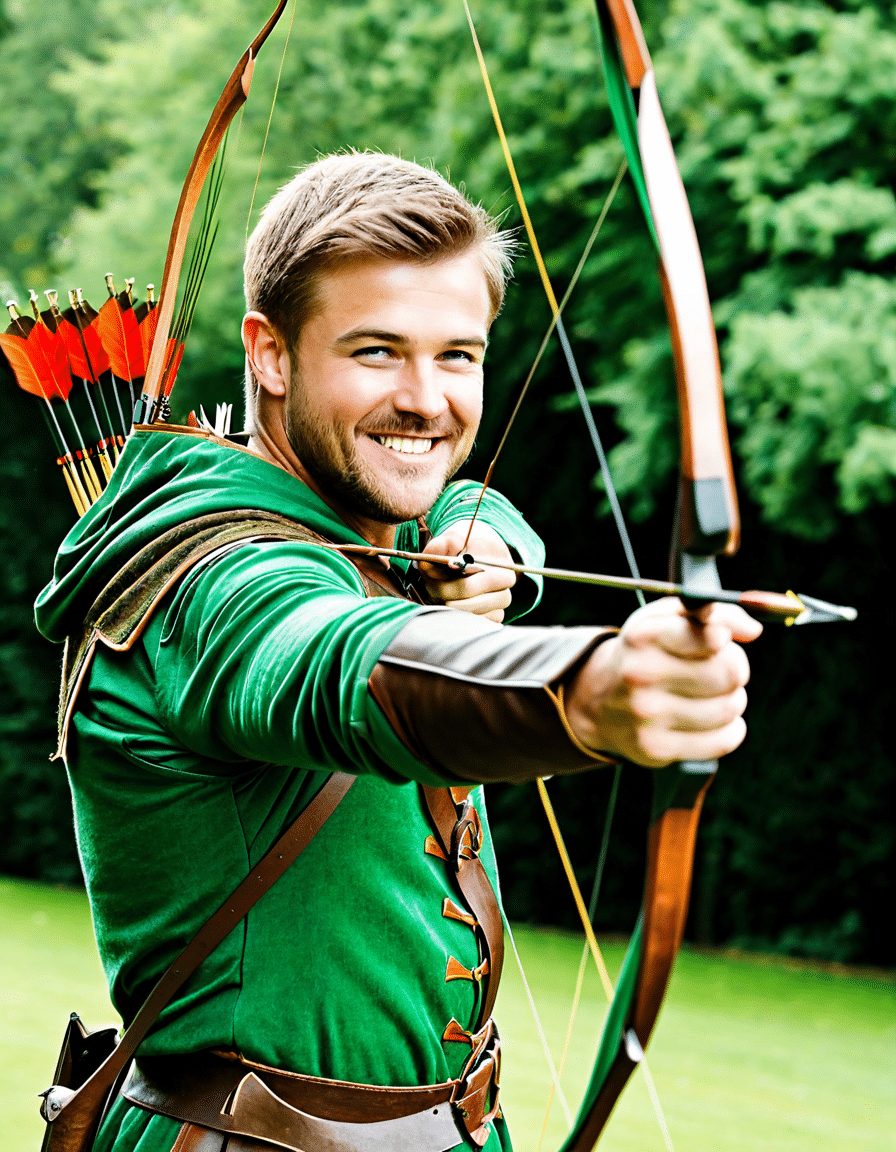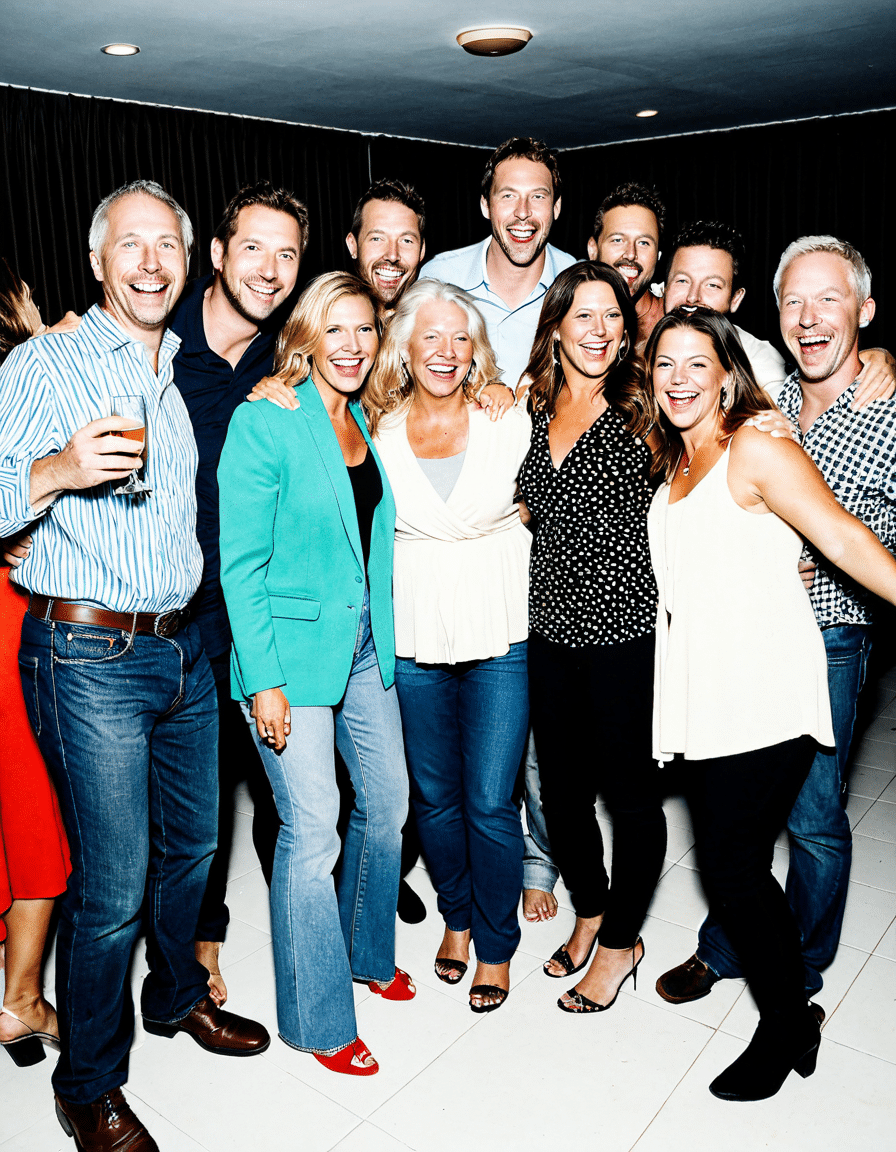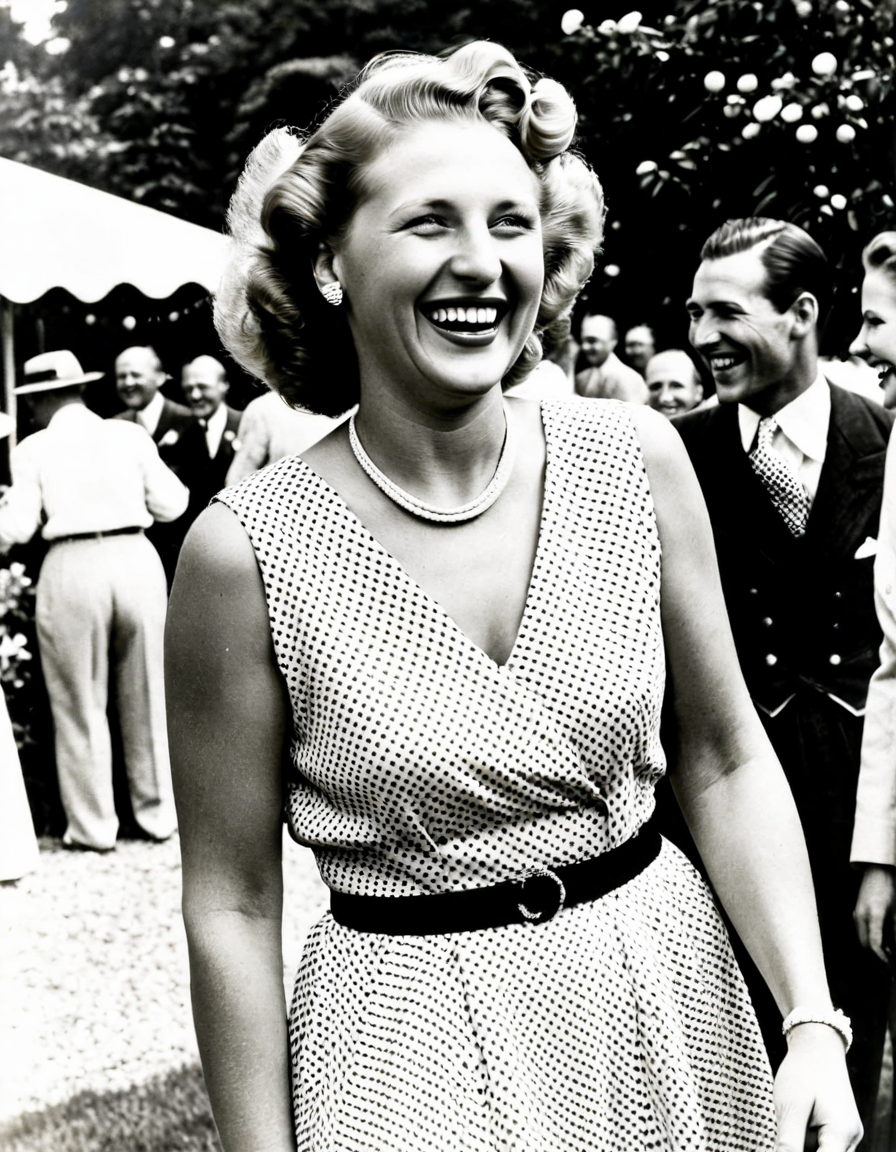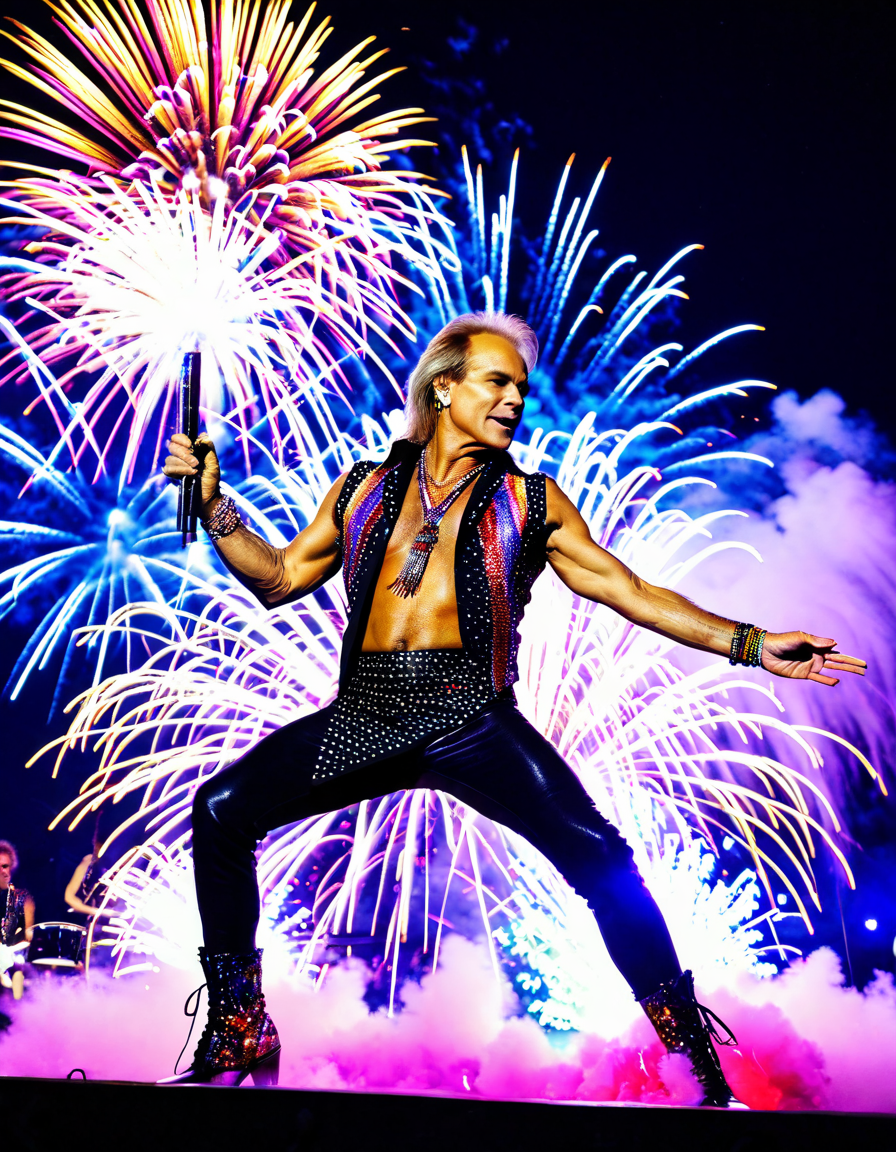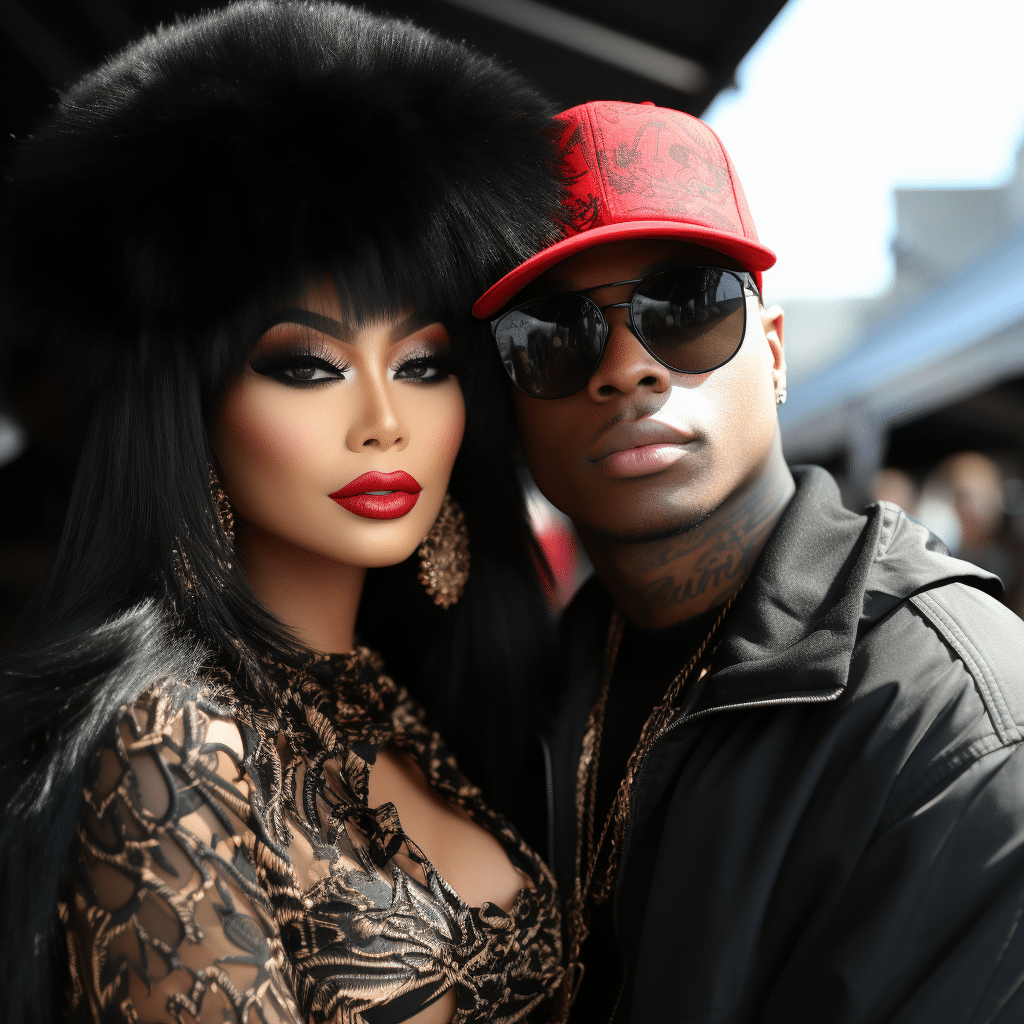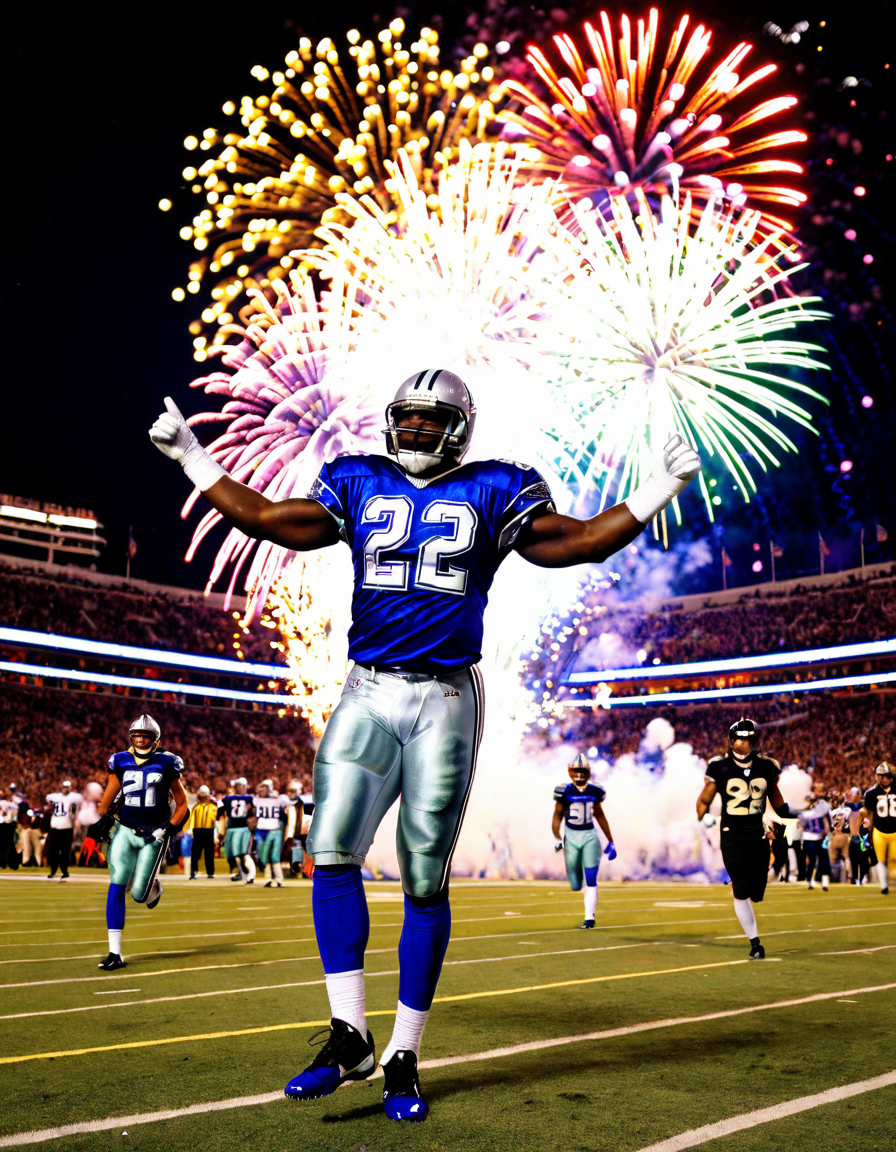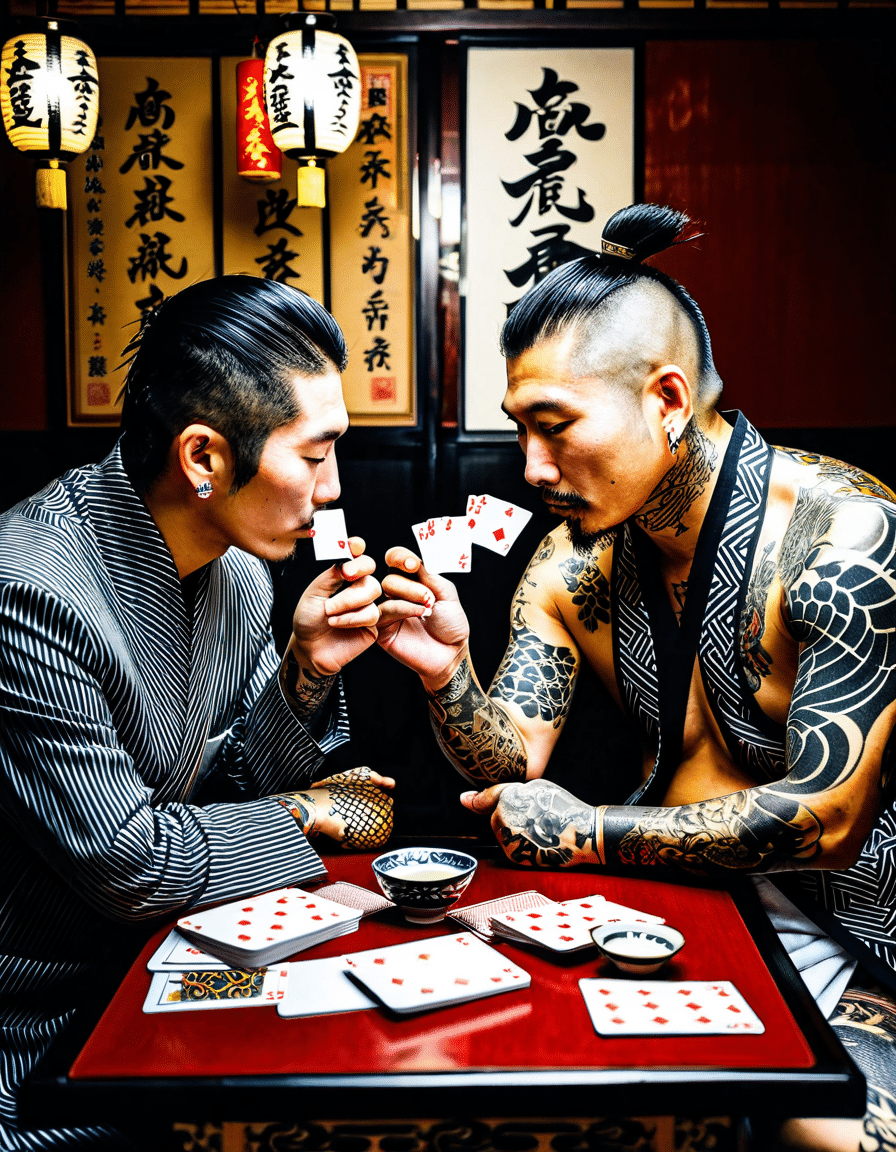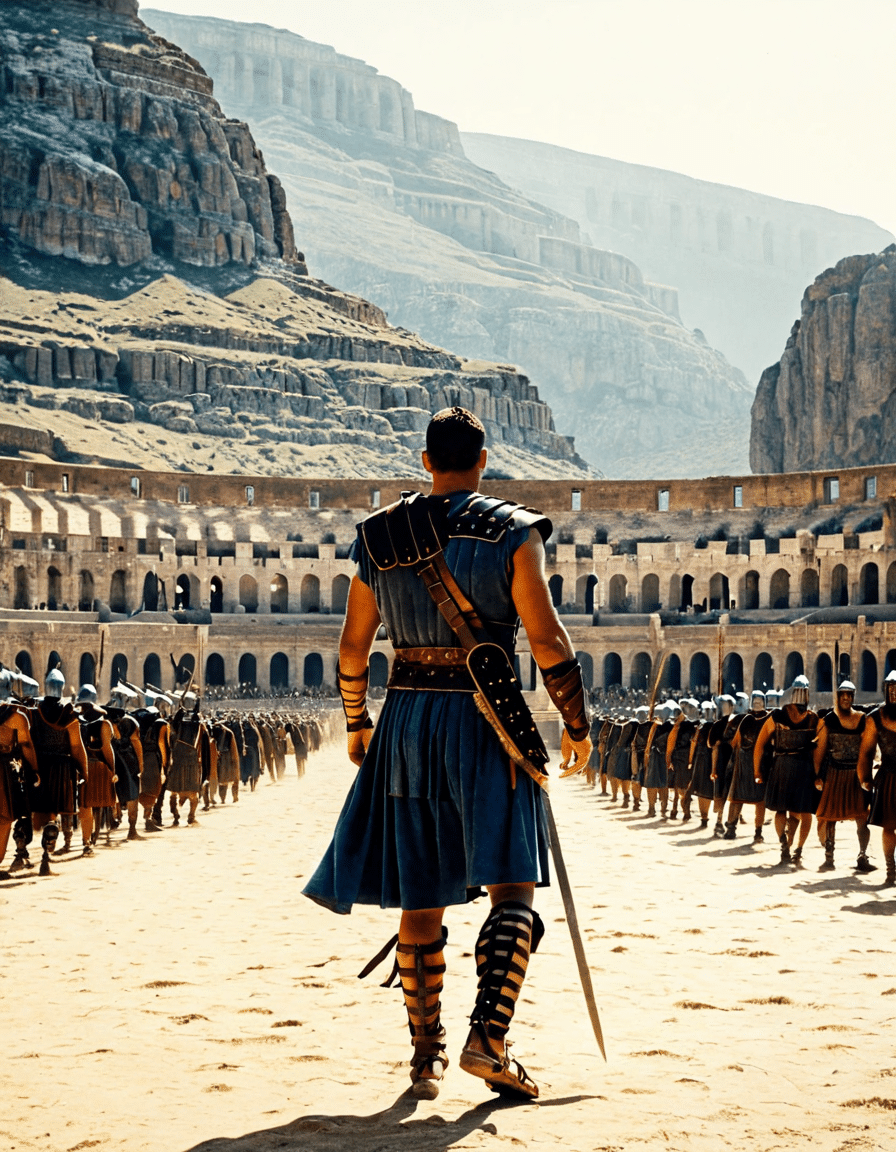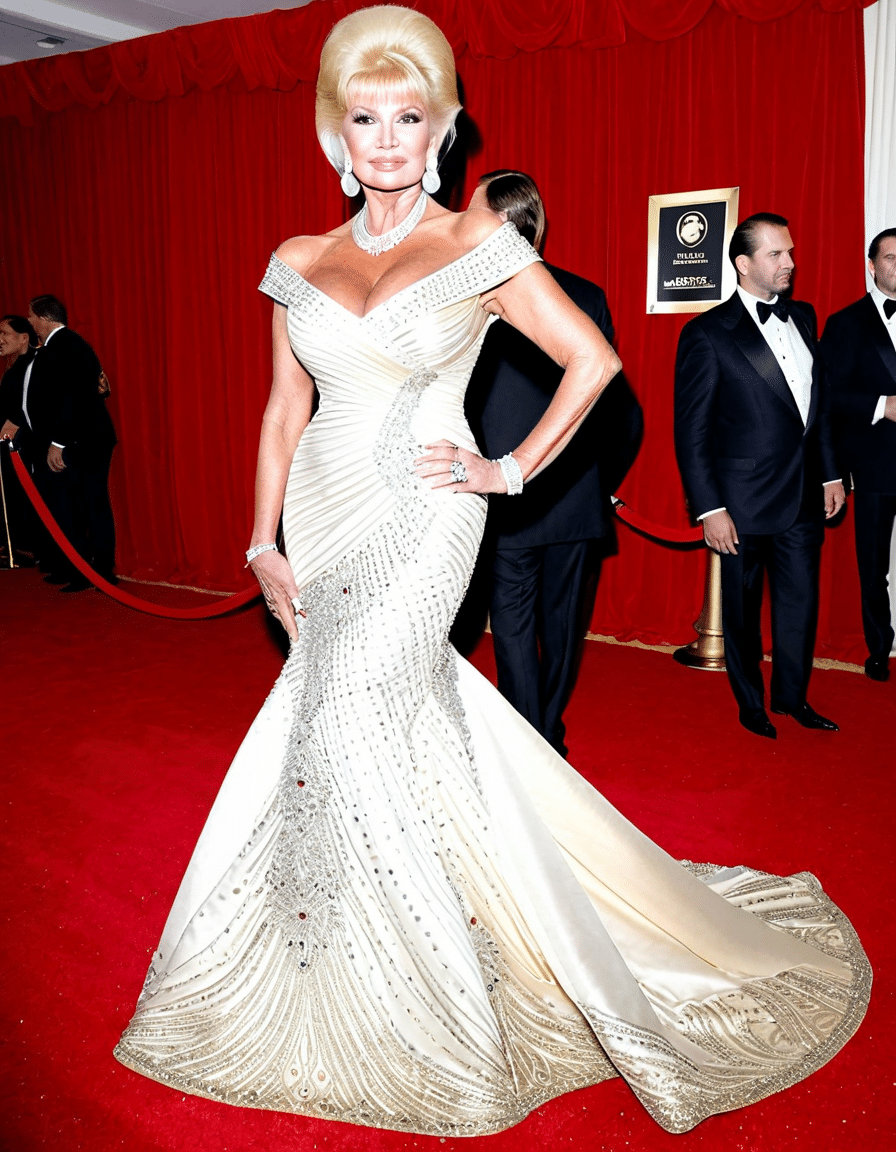7 Layers of Eva Braun’s Life: Beyond the Shadow of Hitler
Eva Braun, often seen as a mere footnote in the tale of Adolf Hitler, is, in fact, one of the most intriguing figures of the Nazi era. The story of Eva Braun is rich and layered, giving us insight not just into her life, but also into the tumultuous times she lived through. So, let’s dive in and peel back the seven layers of her existence, shall we?
1. The Early Years: A Glimpse into Eva’s Formative Life
Born in 1912 in Munich, Eva Braun grew up as the youngest of three daughters in a middle-class household. Her family was relatively conventional—think of that friendly neighbor who always waves hello but never quite intrudes. From a young age, Eva had a passion for photography, which turned out to be her golden ticket. This hobby opened the door to a meeting with Hitler, forever altering her life trajectory.
Despite this significant turn, Eva’s early days were quite normal. She was an aspiring model, initially focused on capturing moments through her camera lens rather than being captured by history. This ordinary backdrop makes it all the more shocking how her life would eventually become intertwined with extraordinary events that reshaped the world.
| Category | Details |
| Full Name | Eva Anna Paula Braun |
| Date of Birth | February 6, 1912 |
| Place of Birth | Munich, Germany |
| Date of Death | April 30, 1945 |
| Place of Death | Berlin, Germany |
| Occupation | Photographer, Nazi Party Member |
| Relationship | Long-term partner of Adolf Hitler |
| Marriage | Married Hitler in a small civil ceremony on April 29, 1945 |
| Notable Aspects | – Worked as a model and photographer |
| – Lived with Hitler in the Berghof estate in Bavaria | |
| – Committed suicide alongside Hitler in the Führerbunker | |
| Historical Significance | – Symbol of Hitler’s private life |
| – Represents the intersection of personal and political history | |
| Public Perception | – Marginalized figure in historical narratives |
| – Often viewed with sympathy due to her tragic end |
2. Relationship Dynamics: An Unequal Partnership
The relationship between Eva Braun and Hitler is a fascinating and tragic love story, but don’t let that fool you—it’s anything but romantic. At first, Braun was an adoring admirer, absorbed by the magnetism of the “Führer.” However, as time went on, her role became more of a supportive figure. It’s striking to note how often she took a backseat, almost like the “Ugly Betty” archetype, where the unassuming character fades into the background.
In many ways, their relationship mirrored the dynamics found in films where one character casts a long shadow over another. While Eva longed for a deeper connection, she often found herself sidelined, maintaining an image as the loving partner while hiding her emotional turmoil within. Just imagine a romantic movie where the heartthrob doesn’t know his girlfriend’s struggles beneath her sweet smile.
3. Life in the Fuhrer’s Bunker: The Final Days
Ah, the infamous bunker! The final days of Eva Braun were far from glamorous. Imagine the pressure, the tension, and the overarching sense of dread as she faced the reality of Germany’s impending defeat. These moments were far removed from the lavish parties and the sparkling lights one might imagine. No, in those bleak surroundings, the reality hit hard.
Eva’s later diary entries reveal her fragile psyche during this intense time. One entry, in particular, captures her despair: “I felt like a ghost in my own life, haunted by choices I never made.” Here, the stark contrast between her earlier aspirations and the cold, hard facts of her existence couldn’t be starker. In popular culture, this scenario echoes themes from Jackie Chan’s action flicks, where characters face life-or-death decisions amid chaos.
4. Cultural Representations: Braun in Film and Media
The portrayal of Eva Braun in film and media has sparked diverse interpretations, adding another layer of complexity to her identity. Daryl Hannah, for example, took on the role in “The Bunker.” Her depiction offered a fresh perspective, showcasing both the strength and vulnerability of Eva. It’s like how Tracy Morgan tackles outrageous comedic situations; he adds depth to seemingly lighthearted characters, making you think twice.
On the other hand, comedic representations lean into the absurd aspects of her life. These portrayals might make you chuckle, but they also prompt us to reflect on how society often treats women linked to influential men. It’s as if pop culture is simultaneously trying to dig deeper while also making light of a heavy subject.
5. The Eerie Parallels with Hannah Montana: Double Lives
This one’s a bit of a twist but bear with me—the duality of Eva Braun’s life resonates surprisingly well with Hannah Montana. Just as Miley Cyrus juggles her superstar life with being an average teenager, Eva dealt with her public persona as Hitler’s partner while battling an invisible strain behind closed doors. These conflicting realities weave a complex narrative that keeps us guessing.
Her public appearances were often staged, designed to present a picture-perfect partnership, while her private life was riddled with anxiety and doubt. It’s just like when you see a celebrity smiling on the cover of a magazine, but you wonder what they’re really feeling inside. The dissonance between these lives showcases the universal struggle to maintain one’s identity amid external expectations.
6. The Final Decision: The Impact of Their Joint Suicide
On April 30, 1945, Eva Braun and Adolf Hitler decided to end their lives together. This tragic finale, often sensationalized, represents the entwined fates they shared. It’s tempting to view it through a lens of romance, but dig deeper and the dark undertones of loyalty, desperation, and the need for control begin to surface.
The weight of their choice hangs heavy—one can’t help but compare it to the characters faced with split-second decisions in Blink Twice Movie, a film that captures the intensity of life’s critical moments. Evaluating why they chose this path reveals layers of individual struggle mixed with societal pressures, urging the audience to confront just how people can become tragically locked in their own narratives.
7. Legacy and Reflection: What Eva Braun Represents Today
Eva Braun’s life stirs up a pot of emotions, and today, it’s crucial we question the societal narratives that have shaped our perceptions. She’s not just a footnote in history; she represents the struggles faced by countless women involved with powerful men. Just as Blac Chyna and Julie Banderas challenge stereotypes in their own domains, Eva Braun’s story calls for a deeper understanding of female identity in the face of overwhelming male dominance.
Braun’s legacy leaves us pondering themes of loyalty, desire, and personal agency. She may have been known as Hitler’s partner, but her life reflects a rich tapestry of ambition and sacrifice, beckoning us to acknowledge complex emotional landscapes. So, the next time you hear her name, remember that she embodies much more than the notorious figure tied to a dark chapter of history.
In wrapping up this examination of Eva Braun, we realize that her life’s layers offer a poignant lens through which we can navigate discussions of complicity, aspiration, and loyalty. History reminds us of the haunting nature of human relationships shaped by broader societal forces, revealing that Eva Braun—complicated and enigmatic—holds a mirror up to all of us.
Embracing these layers is vital because they invite us to reflect on our views of women’s roles in history and, perhaps, to rethink our narratives in our own lives. So here’s to unraveling the complexities, one story at a time, whether on the silver screen or in the pages of history!
Eva Braun: Life Story of Hitler’s Complicated Partner
The Woman Behind the Man
Eva Braun, often regarded merely as Hitler’s partner, led a life filled with intriguing contradictions. Born on February 6, 1912, in Munich, she initially aspired to become a photographer. Her early life revealed no hints of the dark chapter she would later be associated with. Braun met the future Führer when she was just 17, working as an assistant to his official photographer. It’s fascinating to think that while she was falling in love with one of history’s most notorious figures, the world was caught up in a different narrative, much like the plot twists we find in Grey’s Anatomy Season 20.
A Life In Shadows
Braun’s relationship with Hitler was cloaked in secrecy. Despite living with him for over a decade, she remained largely invisible to the public eye. Their bond intensified during World War II, despite the atrocities occurring around them. Interestingly, Braun was known to relish life’s pleasures, such as attending parties and indulging in fashion—activities that feel like a world away considering the chaos outside. In fact, she even starred in some home movies, leaving behind a peculiar glimpse of what life was like in those stark times. If you think about how fans reminisce over David Lee roth era, Braun’s life too contrasts moments of glamour against an unsettling backdrop.
The Final Act
The end of Braun’s story is both tragic and symbolic. On April 30, 1945, as the Third Reich crumbled, she and Hitler took their lives together in his bunker. Braun’s final act was an assertion of control over her fate amidst chaos. The fact that she chose to die beside Hitler echoes themes seen in dramas about intense relationships, not unlike what’s portrayed in various Barcelona – Sevilla sports showdowns, where passion often leads to high stakes. Braun’s life poses many questions about loyalty and complicity. As one delves into these complexities, it’s almost reminiscent of diving deep into the lyrics of haunting songs, like those in Reflection, which explore identity and choices—much like Braun struggled with her own.
While Eva Braun’s life seems shrouded in enigma and contradictions, her story serves as a reminder of the human capacity to love even in the direst circumstances. It may be hard to comprehend her choices, but the reflections of her life remain a captivating subject for historians and curious minds alike. In a way, her narrative not only encapsulates a tumultuous time but also sparks a desire to explore the broader story behind such iconic figures—just as passionate fans would watch Top gun 2 to catch a glimpse of powerful narratives of human emotion and conflict.
